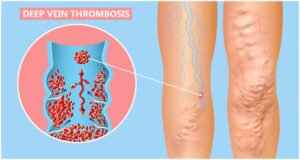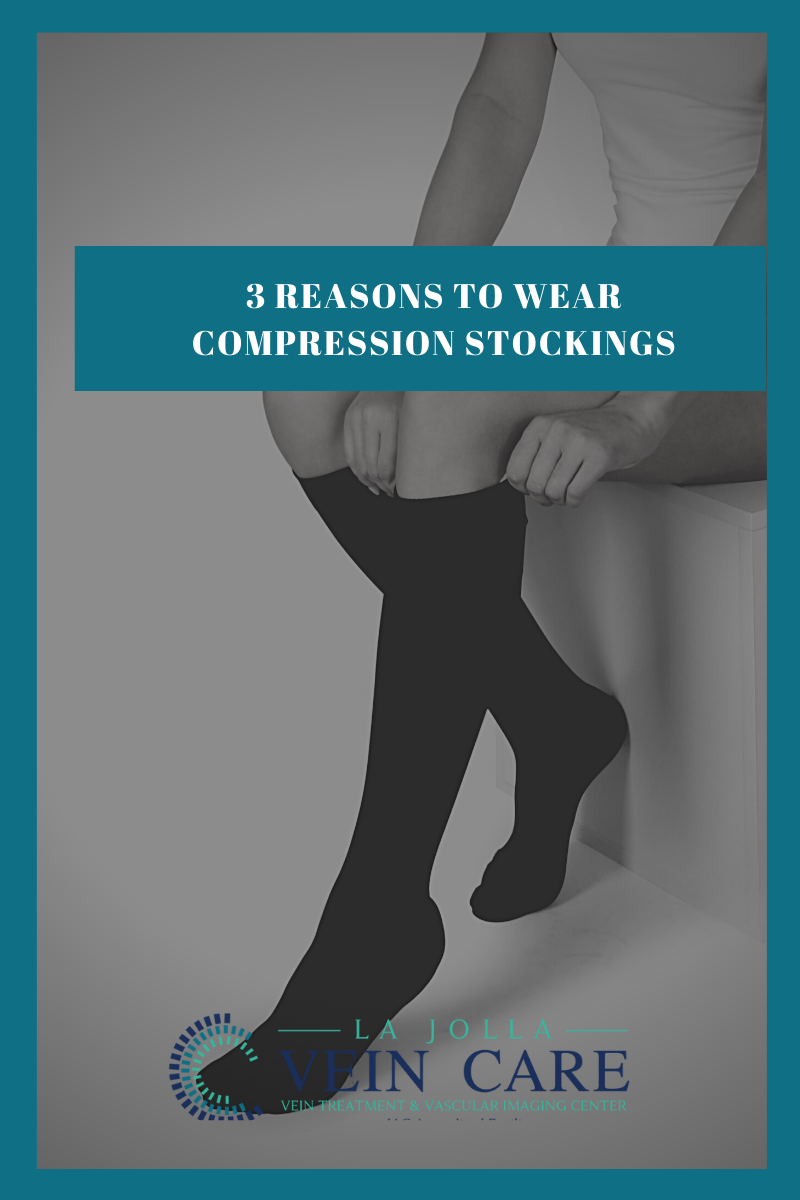Could I have a DVT? Learn signs and symptoms of Deep Vein Thrombosis
LJVascular2024-03-22T19:57:04-07:00Deep vein thrombosis (DVT) is a serious condition characterized by the formation of blood clots in deep veins, most commonly in the legs. Often, individuals may not experience any symptoms, but when they do manifest, recognizing them promptly is crucial for seeking medical attention and preventing complications. Let’s explore the signs and symptoms of DVT to better understand this condition.
Symptoms of Deep Vein Thrombosis (DVT)
- Leg Pain and Cramping: Pain in the leg, often described as a muscle cramp or sharp pain, especially during walking, can be an early sign of DVT.
- Sharp Pain in Calf: A sudden, sharp pain in the calf, particularly when standing or walking, may indicate the presence of a blood clot.
- Red or Discolored Skin: The affected limb may appear red or discolored due to poor blood circulation caused by the clot.
- Swelling: Swelling in the affected limb, often accompanied by warmth and tenderness, is a common symptom of DVT.
- Sudden Onset Leg Swelling: A sudden increase in leg swelling, particularly in one leg, without any apparent cause warrants attention.
- Enlarged Veins: Sometimes, veins in the affected area may become enlarged or more prominent than usual.
- Increased Warmth: The skin over the affected vein may feel warmer to the touch compared to the surrounding areas.
Signs of Pulmonary Embolism (PE)
If a blood clot breaks loose and travels to the lungs, it can lead to a life-threatening condition known as pulmonary embolism (PE). Signs of PE include:
- Sudden Breathlessness: Difficulty breathing or shortness of breath, often sudden in onset, may indicate a pulmonary embolism.
- Rapid Breathing and Increased Heart Rate: Rapid breathing and a racing heart rate are common symptoms of PE, reflecting the body’s response to reduced oxygen supply.
- Chest Pain: Chest pain, especially when breathing deeply or coughing, may be sharp and worsen with movement.
Superficial Vein Thrombosis (SVT)
Superficial vein thrombosis (SVT) is a blood clot that develops in a vein close to the skin’s surface. While less serious than DVT, it still requires attention. Symptoms of SVT may include:
- Painful Cord-Like Sensation: SVT often feels like a hot, painful cord under the skin.
- Redness: The overlying skin may appear red or inflamed.
Seeking Treatment for DVT
Prompt diagnosis and treatment of DVT are essential to prevent complications. At La Jolla Vein & Vascular, we offer comprehensive treatment options for DVT, including:
- Blood Thinners: Anticoagulant medications are commonly used to prevent clots from worsening and reduce the risk of recurrence.
- Clot Busters: Thrombolytic medications may be prescribed for severe cases or when other treatments are ineffective.
- Filters: In some cases, a filter may be inserted into a large vein to prevent clots from reaching the lungs.
- Compression Stockings: These special socks help improve circulation and reduce the risk of swelling and clot formation.
If you experience any symptoms suggestive of DVT or PE, seek medical attention promptly. Early intervention can significantly improve outcomes and prevent potentially life-threatening complications. Don’t ignore the signs – prioritize your vascular health and well-being.
“Bringing Experts Together for Unparalleled Vein and Vascular Care”
La Jolla Vein & Vascular (formerly La Jolla Vein Care) is committed to bringing experts together for unparalleled vein and vascular care.
Nisha Bunke, MD, Sarah Lucas, MD, and Amanda Steinberger, MD are specialists who combine their experience and expertise to offer world-class vascular care.
Our accredited center is also a nationally known teaching site and center of excellence.
For more information on treatments and to book a consultation, please give our office a call at 858-550-0330.
For a deeper dive into vein and vascular care, please check out our Youtube Channel at this link, and our website https://ljvascular.com
For more information on varicose veins and eliminating underlying venous insufficiency,
Please follow our social media Instagram Profile for more fun videos and educational information.
For more blogs and educational content, please check out our clinic’s blog posts!





